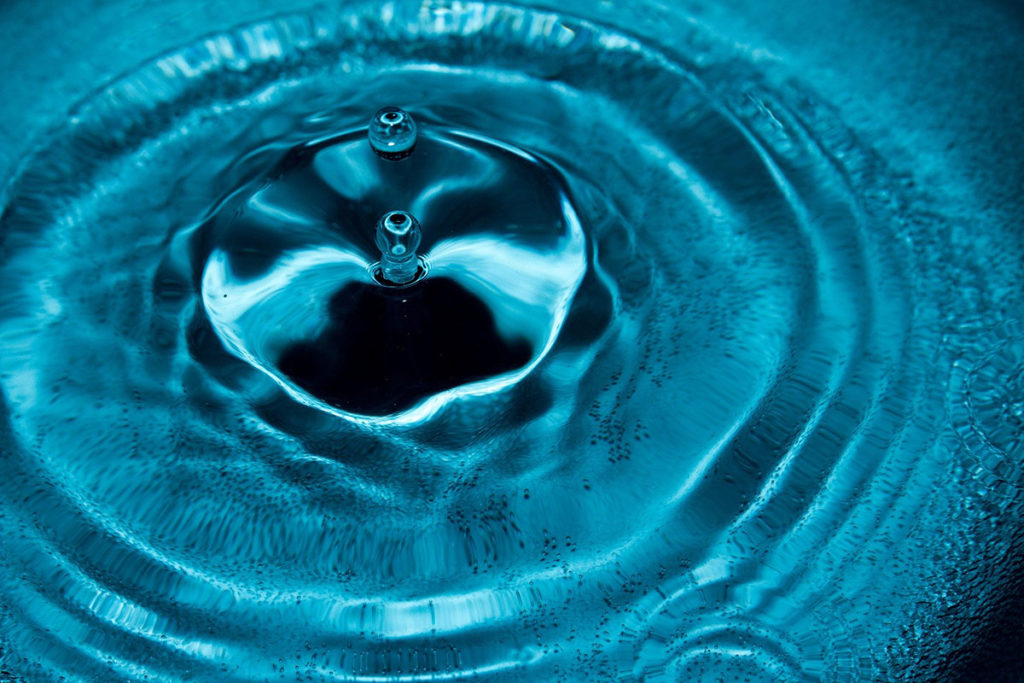March is the month of everything “green.” So today, we want to focus on how you and your family can do your part for the environment by conserving water!
It’s important to put water use, and water conservation, in perspective. What we mean by that is, you should be aware of and consider what uses the most water around your home, rather than worrying about, for example, watering plants during the coolest part of the day.
That’s a tip you’ll commonly hear for conserving water, but of course the amount of water saved there is negligible compared to other things you can do around the home. Reusing utensils, storing your rainwater … these are only tips you should tackle if you’re already doing all of the more substantial things you can to save water!
The average household wastes 180 gallons of water a week. You might be asking, what exactly is considered wasting water and how can you help conserve?
Don’t Do’s
• Running the tap when you are brushing your teeth or washing dishes
• Running the dishwasher when it’s not completely full
• Watering your lawn too often or unnecessarily
Lawn care (especially in hot, dry areas) can actually be the biggest waste of water in the home. If you run your sprinklers just 20 minutes a day for a week, that’s the same amount of water used as taking 800 showers! Which is, of course, more than many families take in a year!
The last tip we’re going to tell you about is a simple, yet genius do it yourself (DIY) hack:
Use less water to flush your toilet
All you have to do is fill up a water bottle with rocks or sand, screw the lid back on it, and drop it in your toilet tank. This won’t save you hundreds of dollars, but it only takes a one-time effort on your part.
Why does this work? Because, by dropping this item in the toilet tank, the water level in the tank is displaced and rises. Yay, physics!
Now that the tank is fuller, when you flush, your toilet reaches the fill line again more quickly. That means less water wasted. And don’t worry, this doesn’t harm your toilet. Just make sure that the water bottle isn’t touching anything inside the tank.
We hope that these tips have provided you with some helpful ways to stop flushing money down the drain. Literally!


